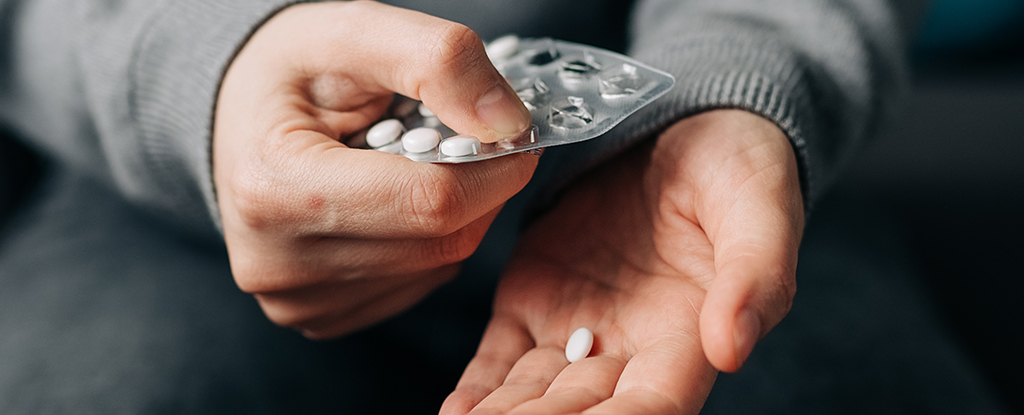ARTICLE AD
Apple engineers aren’t yet done with AR glasses. That information comes courtesy of our usual grand poobah of Apple leakers, the same person who claimed earlier this month that Apple had nixed its plans for smart spectacles. The race for the next big thing in mobile computing, augmented reality glasses, seems hot. That being said, Apple’s sticking with its bread and butter, with reported plans to unveil an iPhone SE as soon as this week.
In his latest Power On newsletter, Bloomberg’s Mark Gurman revised his earlier claims of the loss of AR glasses, elaborating that the company may have eliminated the “stopgap product” that would have competed with the Ray-Ban Meta AI-enabled smart glasses. Those glasses, dubbed N107, were meant to connect with an iPhone or Mac, but Gurman claimed it tested poorly. That’s because Apple’s Vision Group lead, John Ternus, “doesn’t want another flop on his hands,” according to the normally reliable tipster Gurman. A new pair of AR glasses could be three to five years away.
The “flop” he’s referring to is the Apple Vision Pro, a $3,500 VR headset that has suffered from low sales since mid-last year. The device has some of the best displays and hand tracking of any current VR/AR headset, but it’s also expensive and limited to watching passive content. Gurman said that Apple’s AR glasses goals are intact, and it will keep working on screens for that kind of technology.
This means Apple won’t arrive in time to compete against Samsung and Meta, which will unveil new glasses technology this year. Meta reportedly has “half a dozen” wearables to unveil this year with hopes to sell hundreds of millions of these pairs of glasses. Samsung isn’t far behind. The Korean tech giant teased new glasses technology at its most recent Galaxy Unpacked event.
Beyond making “shocked Pikachu” faces on the screen and writing overtures about the demise of Apple’s claims to innovation, Apple is struggling with the same constraints as every other tech company. Many renditions of tethered smart glasses from brands like RayNeo and XReal are simply secondary screens. Adding more capabilities to those products would rapidly drain the battery of a phone or other mobile device.
Apple’s Vision Pro ran into this battery issue, forcing designers to tether it to the device so users could slip into their pockets. Despite how much we hate that design, Samsung’s Project Moohan includes an external battery just like the AVP. While Meta is going off on glasses, we weren’t thrilled with the connected AI chatbot’s capabilities. Taking photos or video from your face is a novel use case, but it’s not the kind of thing that will soon replace the smartphone.
After all, Apple is rallying for a new hardware release in its revised iPhone SE 4, which Gurman claims will drop as early as this week. The device will nix the iPhone SE 3’s home button and use the standard Face ID system instead. At least, we won’t have to wait long to see if Apple decides to include or ignore the Dynamic Island that’s standard on all the current iPhone flagships. The company could retail its next device for around $500. The iPhone SE 4 sold for $430 at launch back in 2022.

 10 hours ago
1
10 hours ago
1 

